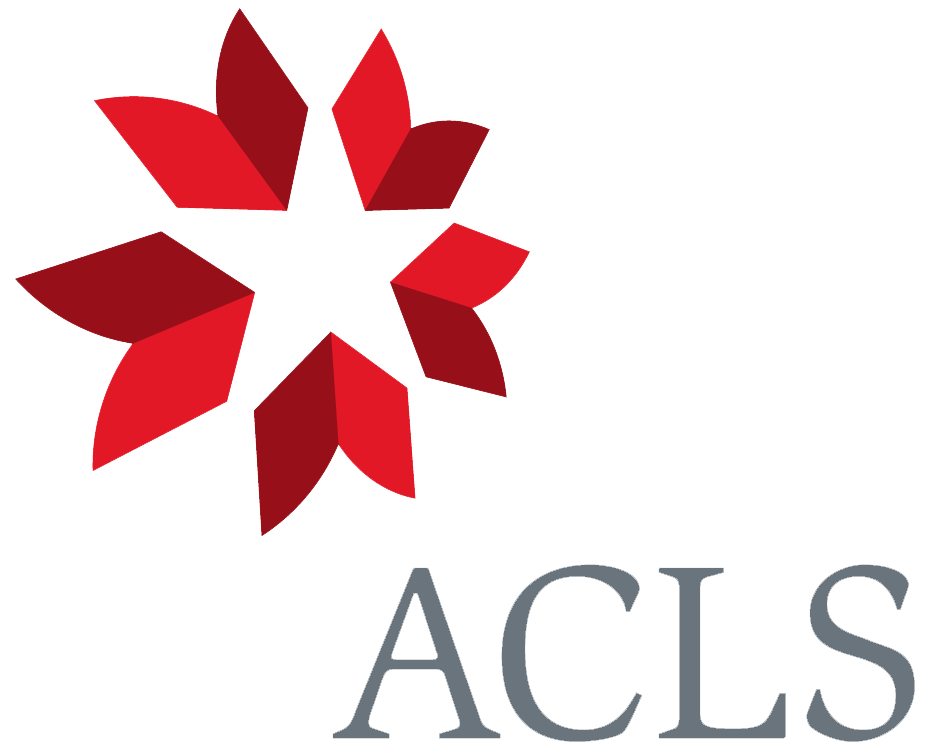To Fritz Müller [9 and] 15 April [1866]1
Down. | Bromley. | Kent. S.E.
April 15th.
My dear Sir,
I am very much obliged by your letter of February the 13th abounding with so many highly interesting facts.2 Your account of the Rubiaceous plant is one of the most extraordinary that I have ever read, and I am glad you are going to publish it.3 I have long wished some one to observe the fertilization of Scævola, and you must permit me to tell you what I have observed: First for the allied genus of Leschenaultia: utterly disbelieving that it fertilizes itself, I introduced a camel-hair brush into the flower in the same way as a bee would enter, and I found that the flowers were thus fertilized, which never otherwise happens;4 I then searched for the stigma, and found it outside the indusium with the pollen tubes penetrating it: and I convinced Dr Hooker that botanists were quite wrong in supposing that the stigma lay inside the indusium.5 In Scævola microcarpa the structure is very different, for the immature stigma lies at the base within the indusium; and as the stigma grows it pushes the pollen out of the indusium and it then clings to the hairs which fringe the lips of the indusium; and when an insect enters the flower, the pollen (as I have seen) is swept from these long hairs onto the insect’s back. The stigma continues to grow, but is not apparently ready for impregnation until it is developed into two long protruding horns, at which period all the pollen has been pushed out of the indusium. But my observations are here at fault, for I did not observe the penetration of the pollen tubes. the case is almost paralell with that of lobelia.6 Now I hope you will get two plants of Scævola, and protect one from insects, leaving the other uncovered, and observe the result both in the number of capsules produced, and in the average number of seed in each. It would be well to fertilize half a dozen flowers under the net, to prove that the cover is not injurious to fertility.7
With respect to your case of Aristolochia, I think further observation would convince you that it is not fertilized only by larvæ, for in a nearly parallel case of an Arum and an Aristolochia, I found that insects flew from flower to flower.8 I would suggest to you to observe any cases of flowers which catch insects by their probosces, as occurs with some of the Apocyneæ, I have never been able to conceive for what purpose (if any) this is effected;9 at the same time, if I tempt you to neglect your Zoological work for these miscellaneous observations I shall be guilty of a great crime
To return for a moment to the indusium; how curious it is that the pollen should be thus collected in a special receptacle, afterwards to be swept out by insects’ agency!
I am surprised at what you tell me about the fewness of the flowers of your native Orchids which produce seed-capsules.10 What a contrast with our temperate European species with the exception of some sp. of Ophrys!— I now know of 3 or 4 cases of self-fertilising orchids; but all these are provided with means for an occasional cross.—11 I am sorry to say Dr. Crüger is dead from a fever.—12
I received yesterday your paper in Bot. Zeitung on the wood of Climbing Plants:13 I have read as yet only your very interesting & curious remarks on the subject as bearing on the change of species;14 you have pleased me by the very high compliment which you pay to my paper.—15
I have been at work since March 1st on a new English Edition of my Origin, of which when published I will send you a copy.16 I have much regretted the time it has cost me, as it has stopped my other work. On the other hand it will be useful for a new 3d German Edition which is now wanted.17 I have corrected it largely & added some discussions, but not nearly so much as I wished to do, for being able to work only two hours daily, I found I shd. never get it finished.— I have taken some facts & views from your work “Fur Darwin”; but not one quarter of what I shd. have liked to have quoted.18
With the more cordial respect & thanks, Believe me my dear Sir Yours most sincerely | Ch. Darwin
Footnotes
Bibliography
Calendar: A calendar of the correspondence of Charles Darwin, 1821–1882. With supplement. 2d edition. Edited by Frederick Burkhardt et al. Cambridge: Cambridge University Press. 1994.
‘Climbing plants’: On the movements and habits of climbing plants. By Charles Darwin. [Read 2 February 1865.] Journal of the Linnean Society (Botany) 9 (1867): 1–118.
Collected papers: The collected papers of Charles Darwin. Edited by Paul H. Barrett. 2 vols. Chicago and London: University of Chicago Press. 1977.
Correspondence: The correspondence of Charles Darwin. Edited by Frederick Burkhardt et al. 29 vols to date. Cambridge: Cambridge University Press. 1985–.
Cross and self fertilisation: The effects of cross and self fertilisation in the vegetable kingdom. By Charles Darwin. London: John Murray. 1876.
Desmond, Ray. 1994. Dictionary of British and Irish botanists and horticulturists including plant collectors, flower painters and garden designers. New edition, revised with the assistance of Christine Ellwood. London: Taylor & Francis and the Natural History Museum. Bristol, Pa.: Taylor & Francis.
‘Fertilization of orchids’: Notes on the fertilization of orchids. By Charles Darwin. Annals and Magazine of Natural History 4th ser. 4 (1869): 141–59. [Collected papers 2: 138–56.]
Forms of flowers: The different forms of flowers on plants of the same species. By Charles Darwin. London: John Murray. 1877.
Lindley, John. 1853. The vegetable kingdom; or, the structure, classification, and uses of plants, illustrated upon the natural system. 3d edition with corrections and additional genera. London: Bradbury & Evans.
ML: More letters of Charles Darwin: a record of his work in a series of hitherto unpublished letters. Edited by Francis Darwin and Albert Charles Seward. 2 vols. London: John Murray. 1903.
Orchids 2d ed.: The various contrivances by which orchids are fertilised by insects. By Charles Darwin. 2d edition, revised. London: John Murray. 1877.
Orchids: On the various contrivances by which British and foreign orchids are fertilised by insects, and on the good effects of intercrossing. By Charles Darwin. London: John Murray. 1862.
Origin: On the origin of species by means of natural selection, or the preservation of favoured races in the struggle for life. By Charles Darwin. London: John Murray. 1859.
Summary
Structure of Scaevola and its fertilisation with insect aid.
Fertilisation of Aristolochia.
FM’s paper on climbing plants [see 5146].
Is preparing new edition of Origin.
Letter details
- Letter no.
- DCP-LETT-5050
- From
- Charles Robert Darwin
- To
- Johann Friedrich Theodor (Fritz) Müller
- Sent from
- Down
- Source of text
- The British Library (Loan MS 10 no 6)
- Physical description
- LS(A) 6pp
Please cite as
Darwin Correspondence Project, “Letter no. 5050,” accessed on 19 April 2024, https://www.darwinproject.ac.uk/letter/?docId=letters/DCP-LETT-5050.xml
Also published in The Correspondence of Charles Darwin, vol. 14


